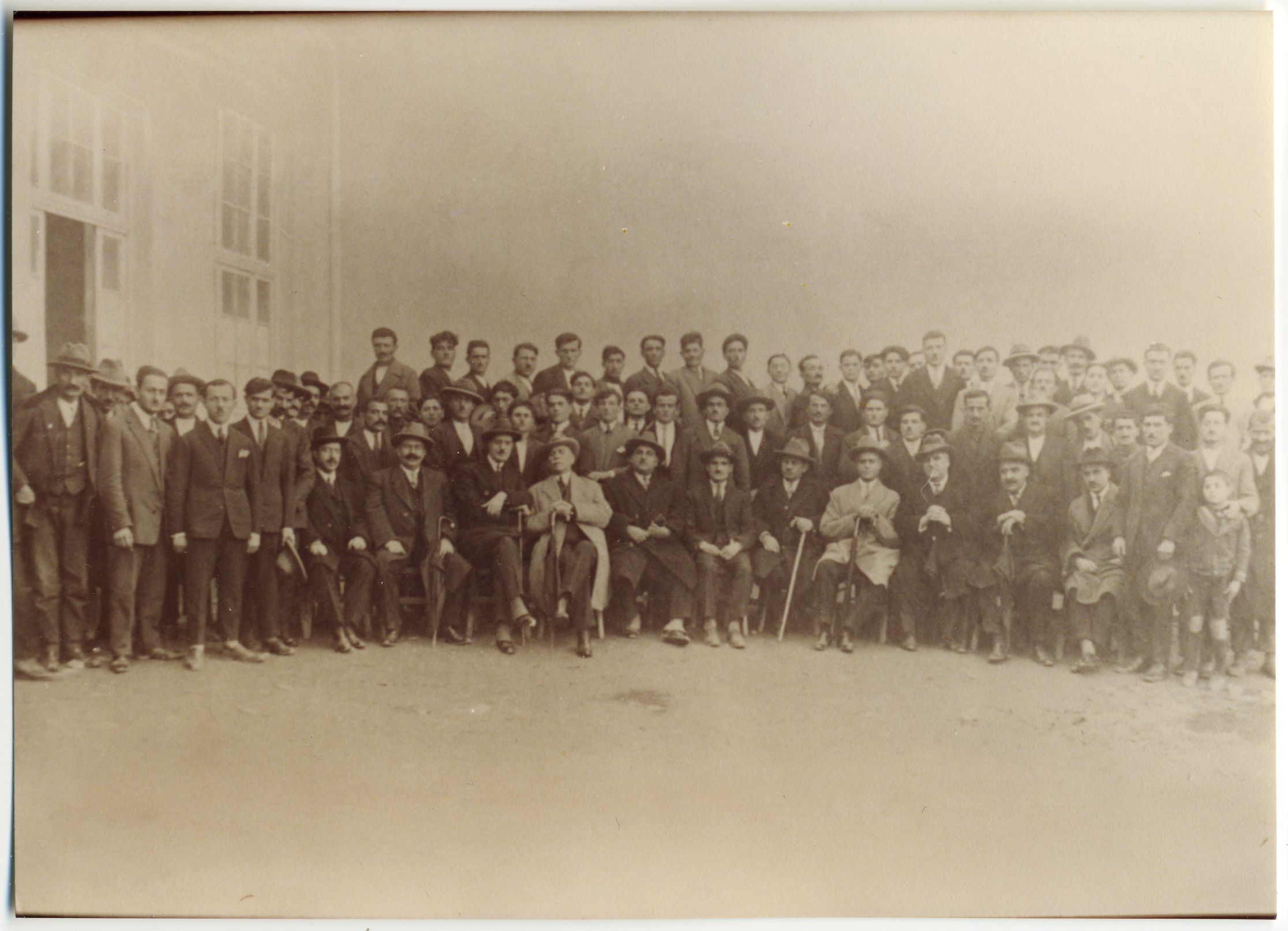Refugee associations
Refugee associations promoted their members’ rehabilitation and actively participated in shaping and organising refugee settlements. They exerted pressure on the authorities and put forward the refugees’ demands, while also acting as intermediaries between the state and the rehabilitation mechanisms on the one hand, and the refugees who were struggling to rebuild their lives on the other. Between 1926 and 1930, there is evidence in the relevant literature of eight refugee associations operating in Nea Kokkinia, identified by their members’ place of origin. These refugee associations also helped refugees enrich their social life and integrate into Greek society.
Tens of refugee collectives, with different goals and objectives, were created locally. Some were solidarity collectives, others were educational or charity organisations, others were political, while some were a combination of all the above. Structuring the associations according to their members’ place of origin remained common throughout the Interwar, a choice which occasionally caused rivalries among these fragmented collectives. The sheer number of these associations proves that, in their struggle for survival, the refugees relied heavily on a well-honed sense of community, solidarity and self-organisation.
Some associations remained active throughout the 20th century while others were quickly disbanded. Those that have survived have changed with the times and the new needs of their members. Today, refugee associations mostly focus on activities aimed at memory preservation and cultural heritage management. In Nikaia, the associations that remain active are: the Association of Refugees from Nisi in Pisidia, the Pontian Union of Nikaia-Korydallos, the Panhellenic Ephesian Union, the Brotherhood of Bithynians, the Brotherhood of Refugees from Sevdikoy, the Smyrnan Union of Nikaia and Piraeus, the ‘Agios Georgios’ Union of Refugees from Renkioi, the Union of Magnisia in Asia Minor, and the Union of Refugees from Dardanellia. These collectives are fighting to preserve a unique identity and shape the historical and cultural narrative surrounding the movement, settlement, rehabilitation and integration experience of their members’ ancestors.
Objects

